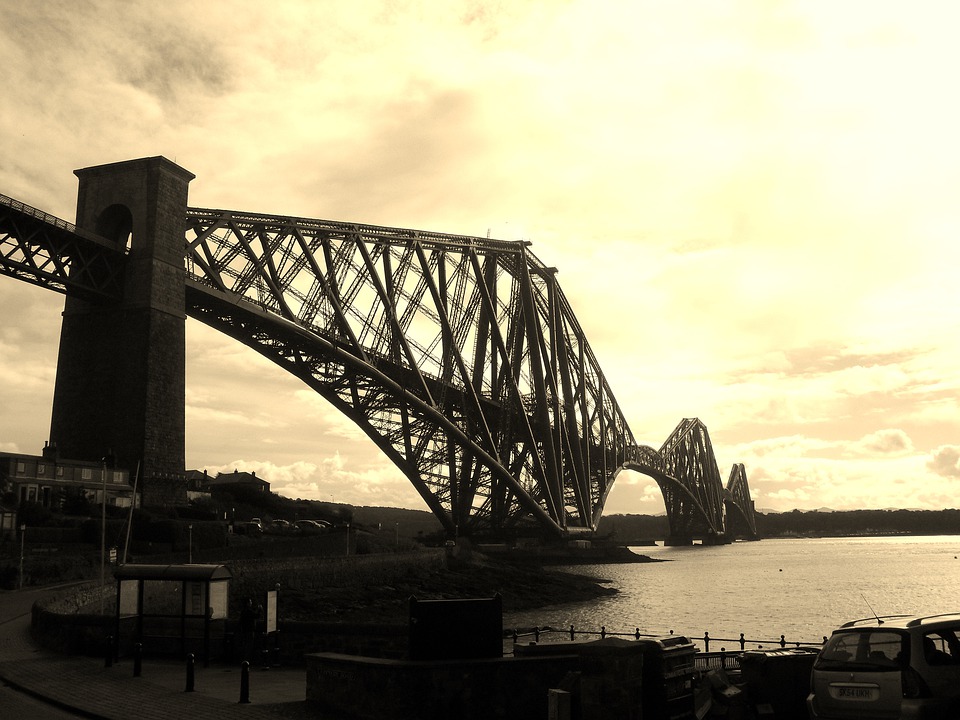It’s common for us to hear about the world’s worst locations to drive in. There are the likes of India’s roads being named as some of the deadliest, while Bejing’s chaotic 50 lane motorway reduces to 20 lanes. However, some infrastructures need to be praised. Here, with Audi dealer, Vindis, we look at five of the best from around the world.
Germany – Frankfurt – Autobahn
For those who are a fan of revving the accelerator, Germany may be seen as the most appealing nation on the planet due to its Autobahn. Tragically, the reputation the German road network has built itself over the years isn’t exactly one which boasts entire truth. For most of the Autobahn, tempo limits exist, which help aid traffic congestion and prevent serious collisions. Tempos drive down the limit in most parts to 80mph and in some sections even lower, dependent on weather congestions and location. Fortunately, all is not bleak and there is still fun to be had. Outside of the major cities, without the temporary limits, there is no laws, and cars have been known to drive in excess of 200mph — just remember it’s the left lane to overtake!
However, drive on the Autobahn and you’ll notice that the road signs don’t give direction. Unlike the UK, where signs will suggest A1(N) or M8(E), the Autobahn simply consists of numbers, so we would suggest knowing the major destinations on your route before setting off. There is a quick rule of thumb though — if the number is even, it means it goes east or west, and similarly odd goes north and south.
Argentina – Rio Gallegos – Ruta 40
Route 66 in the United States may be the world’s best known and most sought-after highways to complete a road trip off, but Ruta 40 can offer it up stiff competition! Stretching for more than 3,000 miles, the route crosses the Andes mountain range on 27 different occasions, as well as running through 20 national parks, and 18 major rivers. Much of the journey navigates through completely desolate land, however, the 5,000m steep journey provides travellers with the opportunity to indulge in some unbelievable attractions, including the Perito Moreno Glacier. Despite the road being built in 1935 and much of it being exposed to extremely harsh weather conditions all year round, the vast majority of the surface remains as smooth tarmac, creating an optimal driving experience (do check your tyres during winter).
Scotland – Edinburgh – Queensferry Crossing
Built 207m into the sky, this crossing was originally was built to precede the Forth Road Bridge and broke numerous Guinness World Records along the way. This included the longest continuous concrete pour — 15 days. The bridge, which allows people to commute from Edinburgh to Fyfe, opened on 30th August 2017 and cost the Scottish government £1.3 billion. On average, approximately 77,000 vehicles cross the bridge every day and it proves a vital transport link between England and North Scotland cities, such as Aberdeen. Although existing as the longest three-tower, cable stayed bridge in the world, the Queensferry Crossing took that crown from the bridge beside it, which is also an incredible engineering feat.
Norway – Molde – Atlantic Road
This route has collected a host of awards, ‘including the world’s best road trip’, the ‘world’s best for car testing’, and ‘the world’s best place to mend a broken heart’. The engineering feat which connects a host of small islands and islets, amalgamates land, sea, and sky like nothing else in the world. As you navigate your way along the 8km trek, take in the scenery by stopping at the various look-out points along the way.
Romania – Sibiu – Transfăgărășan
TV presenter Jeremy Clarkson once noted that this was world’s greatest road. This Romanian highway sweeps for 150 kilometres, reaching a staggering summit at the height of 2042 metres. The road which was built in 1974 leads to Balea lake, and on both the ascent and descent you are able to indulge in some of the most breath-taking views this world has to offer. Unfortunately, due to weather conditions, the road is usually only open during the summer months, as the top of the path can be subject to heavy snow and fog — what may exist as exhilarating hairpin turns in the summer can be treacherous and ultimately deadly obstacles in the winter.
Sources
https://www.speedydrive.ae/blog/reasons-dubai-have-the-best-road-infrastructure-in-mena/
https://www.inyourpocket.com/bucharest/The-Transfagarasan-Highway_55534f
 Trip Alertz For Jetsetters, By Jetsetters
Trip Alertz For Jetsetters, By Jetsetters



